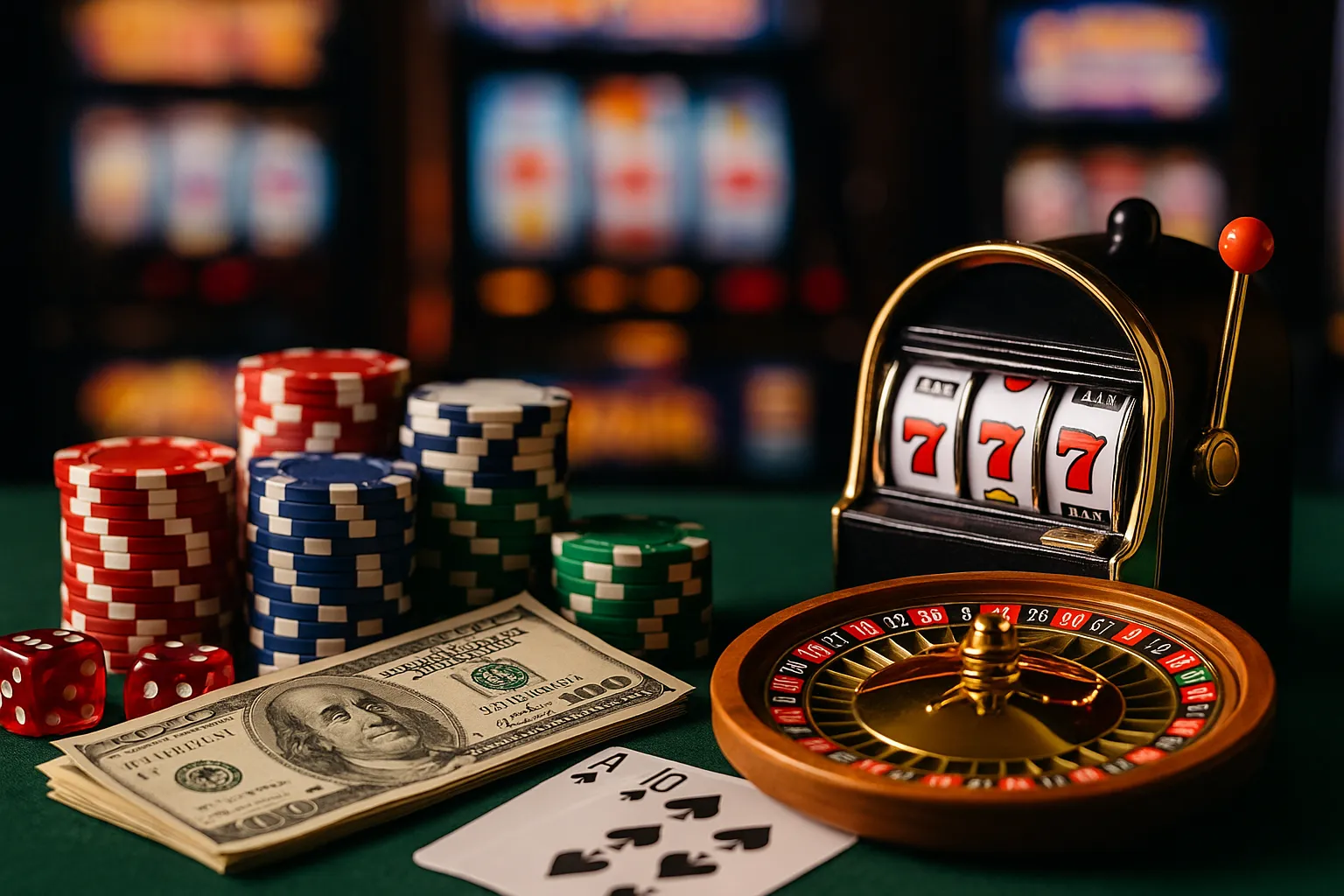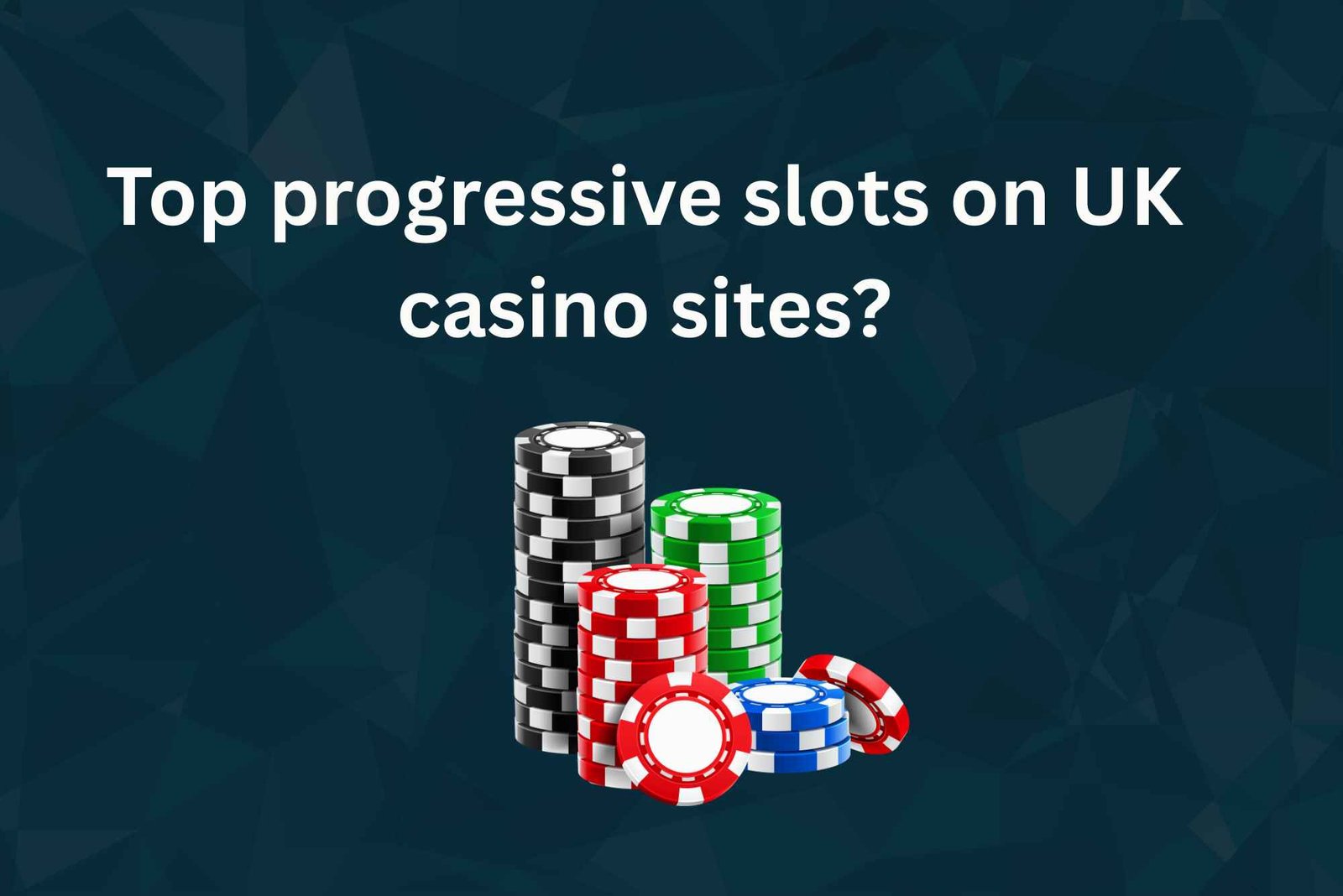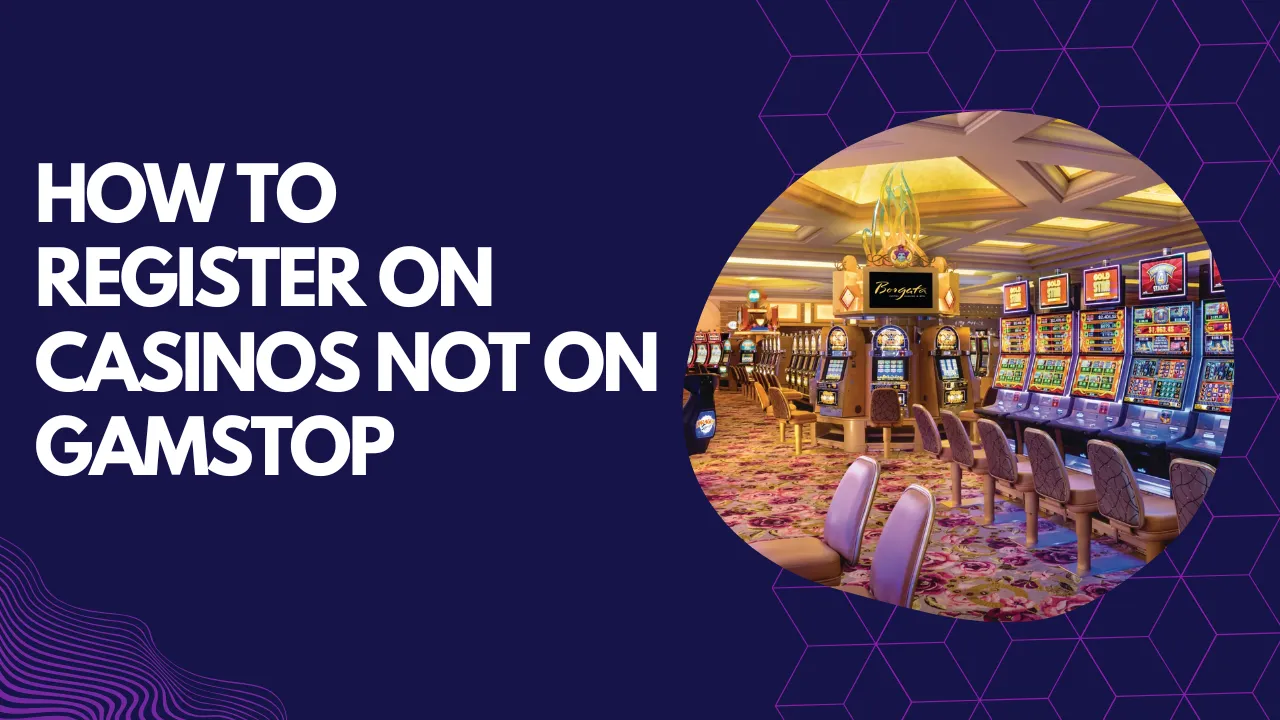Casino payout percentages, also known as RTP (Return to Player) rates, are one of the most important factors players should consider before choosing where to gamble. They determine how much money a casino game pays back to players over time compared to the total wagered. While the concept seems straightforward, payout percentages aren’t the same everywhere in the world. They vary by jurisdiction, regulation, and even cultural preferences in gaming. Understanding these differences can help players make smarter choices, especially if they enjoy both land-based and online casinos.
Why Payout Percentages Matter
The payout percentage of a slot machine or table game is essentially a statistical promise of fairness. For example, a game with a 96% RTP means that, over time, it will return £96 for every £100 wagered, though individual results can vary widely. In countries with strong regulations, casinos are often required to meet minimum RTP thresholds, giving players confidence in the fairness of the games. In more loosely regulated markets, the numbers can swing dramatically. This is why players often compare different regions — to understand where their money stretches further. For online players in the UK, options like £1 deposit slots UK can provide an affordable entry point to games with competitive payout rates.
How Europe Sets the Benchmark
Europe is home to some of the most tightly regulated gambling markets. The UK Gambling Commission, for example, requires casinos to maintain a high standard of fairness. Online slots in the UK typically average between 95% and 97% RTP, which is among the best in the world. Other European countries such as Sweden and Denmark follow similar standards, ensuring that players benefit from transparent and relatively high returns. This consistency has made Europe a benchmark for fair play, attracting both domestic and international players.
The United States and Its Patchwork Rules
In the United States, payout percentages vary significantly depending on the state and whether you’re playing online or in land-based casinos. In Las Vegas, for example, slot machines on the Strip may offer RTPs between 88% and 94%, which is lower than the European standard. Some states like New Jersey, which have legalized online gambling, enforce higher RTPs closer to European norms. The U.S. market demonstrates how local regulation — or lack thereof — directly influences how much players can expect to get back from their wagers.
Asia’s Mixed Landscape
Asia presents one of the most diverse gambling environments in the world. Macau, often dubbed the gambling capital of Asia, is heavily focused on table games like baccarat, where payout percentages are relatively stable but often skew in favor of the house. Slot machines in Macau tend to have lower RTPs compared to European markets. In contrast, countries like the Philippines and Singapore, which have emerging online gambling sectors, are beginning to adopt standards closer to Europe. Still, the lack of unified regulation means that payout percentages across Asia can be highly unpredictable.
Australia and Its High-Variance Games
Australia is known for its “pokies,” or slot machines, which dominate the gambling scene. Payout percentages there generally range between 85% and 95%, depending on the state. While these numbers can look less generous than European figures, Australians are accustomed to high-variance games that offer the thrill of bigger, less frequent wins. This reflects not only regulation but also cultural gaming preferences, which influence how casinos set their machines.
Online Casinos and Global Competition
One of the most fascinating aspects of online gambling is how it pushes countries to compete on RTP. Because players can switch platforms with ease, online casinos often advertise higher payout percentages to attract international customers. This competition has driven up average RTPs in many online markets, particularly in Europe. However, players must always be cautious, as offshore casinos without proper licenses may not adhere to these advertised figures.
Real-World Example of the Differences
A friend of mine once compared playing the same slot game in two different countries — the UK and the U.S. The UK version advertised a 96.5% RTP, while the U.S. version sat at around 92%. Over several sessions, the difference was noticeable. While luck always plays a role, the longer he played, the more the UK version stretched his bankroll. This shows that payout percentages aren’t just abstract numbers — they have a tangible impact on a player’s experience.
Why Players Should Pay Attention
At first glance, a few percentage points might not seem like much. But over hundreds of spins or hands, even a 2–3% difference in RTP can mean hours more playtime or significantly higher chances of walking away with winnings. For casual players, it may determine whether their money lasts one evening or several. For serious players, it can define their overall profitability.
Final Thoughts
Casino payout percentages are not universal. They vary widely between countries based on regulation, culture, and industry competition. Europe often leads the way with higher standards, while places like the U.S. and Australia can have more conservative or varied figures. Asia remains a mixed bag, with some markets aligning closer to Europe and others offering less transparent systems. For online players, comparing payout rates across regions — and choosing affordable entry points like £1 deposit slots UK — can make a meaningful difference in both experience and outcomes. The key takeaway? Always pay attention to the RTP figures and the regulatory environment before placing your bets.




